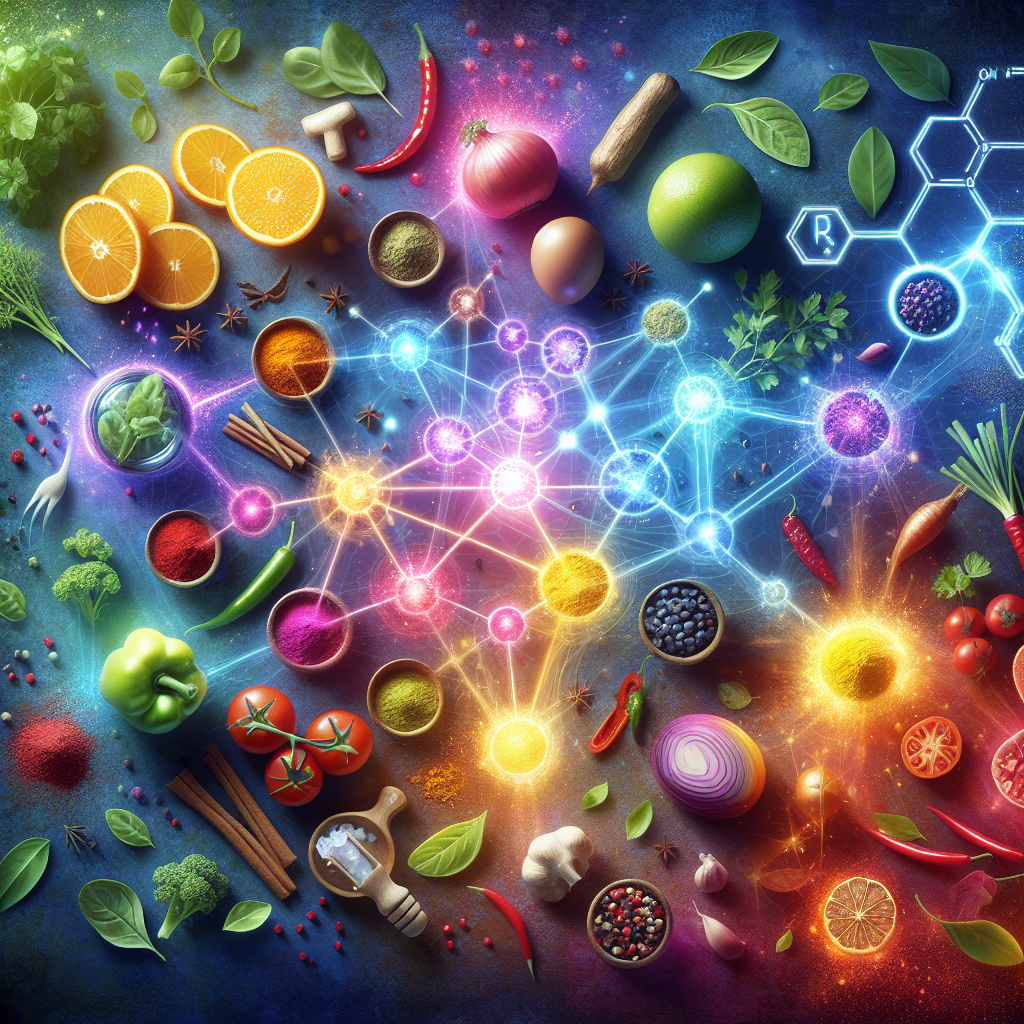To understand why certain flavors work together, we must first delve into the world of chemical reactions. When we taste food, our taste buds are stimulated by different molecules that interact with receptors on our taste cells. These molecules can trigger different sensations, like sweet, salty, sour, bitter, and umami. But what makes certain flavors complement each other is the way these molecules interact with each other at a molecular level.
One of the most well-known examples of complementary flavors is the combination of sweet and salty. When we eat something that is both sweet and salty, like caramel popcorn or salted caramel, our taste buds are experiencing a delicious interplay of flavors. The sweetness from the sugar and the saltiness from the salt create a complex and satisfying taste experience. This happens because the salt molecules bind to the sweet receptors on our taste buds, enhancing and intensifying the sweetness of the sugar.
Another classic flavor combination is sour and sweet, like in a lemonade or a sweet and sour sauce. The sourness from the lemon juice activates our sour receptors, while the sweetness from the sugar activates our sweet receptors. Together, these two flavors create a perfect balance of tartness and sweetness that is pleasing to our taste buds.
But it’s not just about taste receptors. The aroma of food also plays a crucial role in how we perceive flavors. When we smell a food, aromatic compounds are released into the air and travel up our nose. These compounds interact with receptors in our olfactory system, enhancing our perception of flavor. That’s why the smell of garlic or onions can make a dish taste richer and more flavorful, even before we take a bite.
In addition to taste and aroma, texture also plays a role in how flavors complement each other. The crunch of a crispy potato chip can complement the creaminess of a dip, creating a satisfying contrast that keeps our taste buds engaged.
Ultimately, the magic of complementary flavors comes down to the intricate dance of chemical reactions happening in our mouths and noses. When we experience a well-balanced and harmonious combination of flavors, it’s not just our taste buds that are happy – it’s our brain, too. So the next time you savor a perfectly paired dish or snack, take a moment to appreciate the chemistry behind the deliciousness.

